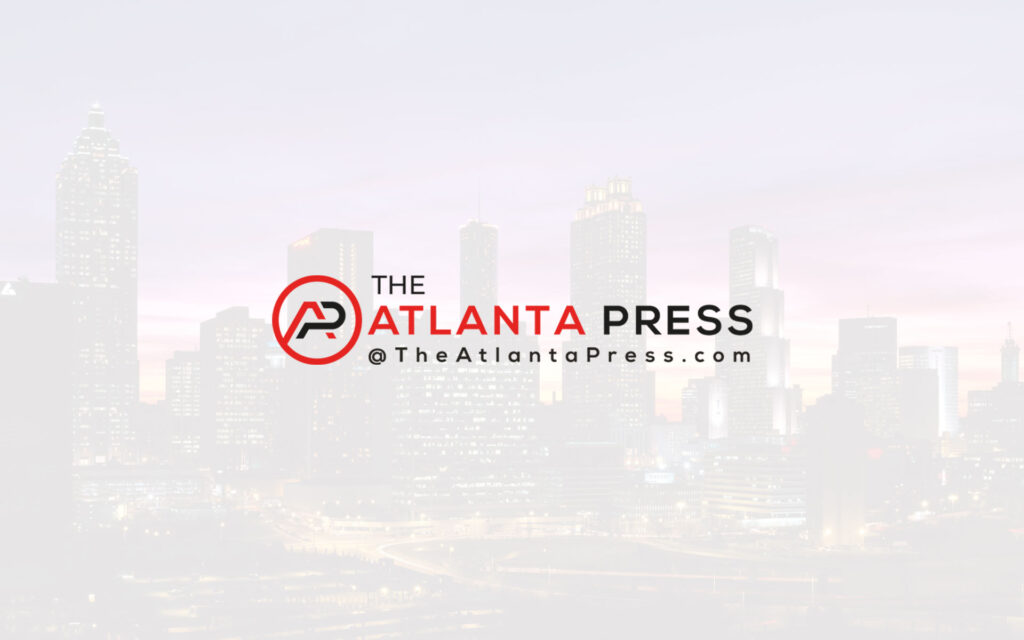Generative artificial intelligence (AI) continues to influence the way work gets done by assisting with and substituting tasks. However, alongside the ample benefits come complications, such as disrupting existing roles, shifting skill requirements, and affecting workforce composition, according to the latest research from McLean & Company, a global HR research and advisory firm. The newly published industry resource, Address the Talent Gap Driven by Generative AI, provides insights that will help HR leaders understand the workforce planning implications of generative AI and adjust initiatives to fill the talent gap.
“Generative AI has the potential to disrupt organizations by automating tasks, reshaping roles, and shifting talent requirements,” says Lisa Highfield, principal director of Human Resources Technology & Artificial Intelligence at McLean & Company. “The success of organizations in leveraging generative AI to drive organizational objectives hinges on HR to address the underlying impacts on talent.”
Organizations that adopt generative AI are more likely to gain a competitive advantage through increased productivity and performance, the firm’s resource explains. To successfully leverage new technologies, McLean & Company highlights in the blueprint that organizations must first determine how generative AI use supports the organization’s strategic objectives to discover its impact on the workforce, and in turn, the talent demand, supply, and gap.
“HR can address the talent gap driven by generative AI by adjusting and developing strategic HR initiatives to build, buy, borrow, redeploy, or reduce talent,” explains Highfield.
To support HR leaders in the future of work, which continues to be heavily impacted by generative AI developments, McLean & Company offers research insights on how to navigate the impact of AI on talent, split into two key sections in the blueprint. An overview of the research is outlined below:
1. Section One: Understand…
Read the full article here





